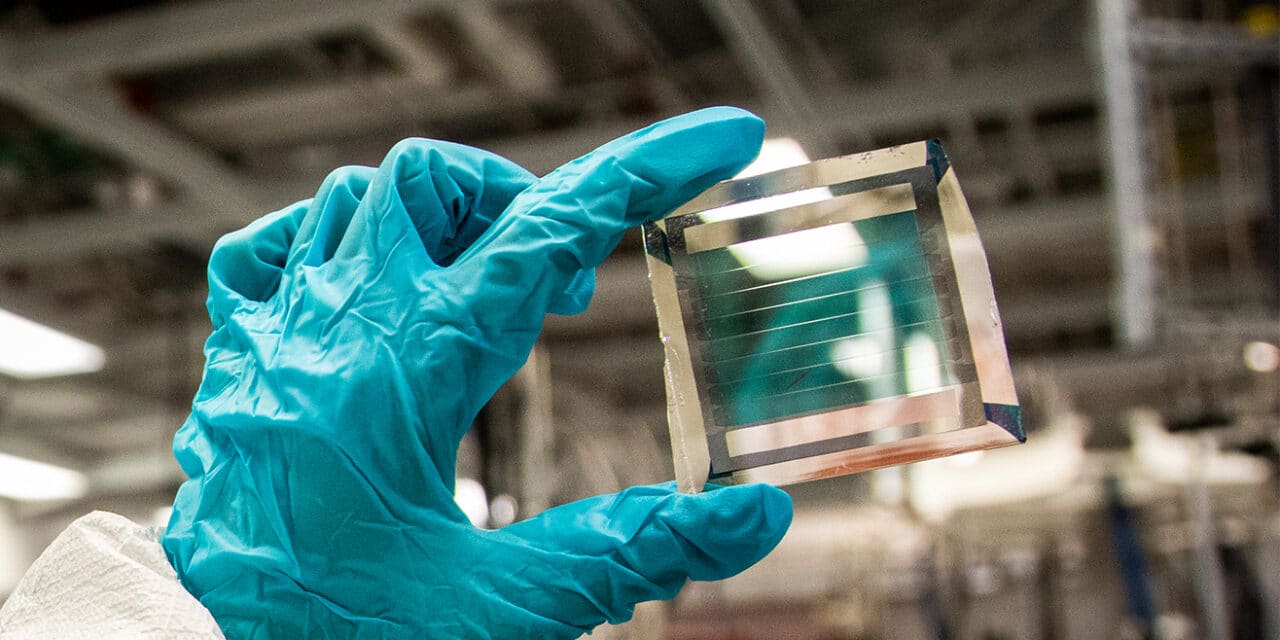IPO for Deep Tech: Pros & Cons
Could an IPO be the game-changer your deep tech startup needs to reach new heights? An Initial Public Offering (IPO) represents a pivotal moment for any company, especially for deep tech startups.

The production of solar cells has evolved over the decades. At the moment, this type of energy collection is one of the most popular because of its versatile form factor (including flexible cells), high power density and is widely available for outdoor as well as indoor. Due to this widely used potential, it gets a lot of attention from researchers to come up with more efficient cells.
Photovoltaic solar energy is generated by converting sunlight into electricity using technology based on the photovoltaic effect. It is a type of renewable, inexhaustible and environmentally friendly energy that can be produced for smaller installations at home to large photovoltaic power plants and IoT applications with a small footprint.
Solar energy harvesting for IoT, leads the energy density with 100mW/cm2 compared with thermal (10mW/cm2), vibration (800uW/cm2), and RF (300uW/cm2 to 2 mW/cm2) at the bottom of the list. Solar cells with an area of 35-40 cm2 can deliver 0,5 W (@<20% efficiency) and the DC electricity can be directly used in the IoT device. The indoor cell has a lower power density, though is still useful for indoor IoT applications.
Solar cells for IoT are commercially available today for outdoor as well as indoor. E.g., #Epishine and #lightricity are companies that offer several solar products for IoT today. The cells have often a small flexible footprint and are often organic cells.
Perovskite cells are a promising new technology which can be printed using easy roll-to-roll manufacturing techniques for a few cents each; made thin, flexible, and transparent; and tuned to harvest energy from any kind of indoor and outdoor lighting.
This technology will likely boost power density and make solar energy harvesting more applicable.
Photo: Robert Coelius/Michigan Engineering. Xinjing Huang, a doctoral student in Forrest’s lab, holds a solar cell module with 40% transparency, based on the formula with an estimated 30-year lifetime.
Could an IPO be the game-changer your deep tech startup needs to reach new heights? An Initial Public Offering (IPO) represents a pivotal moment for any company, especially for deep tech startups.
An article recently published online with the title “Europe needs more scientists in VC to become a deeptech powerhouse – Tech.eu” highlights the fact that the problem deep-tech startups are facing is still not widely understood.
How can you identify and evaluate the deep tech sectors with the highest potential for transformation? Performing an analysis of promising deep tech sectors involves several key steps. Begin by identifying the deep tech sectors with the most potential for transformation.